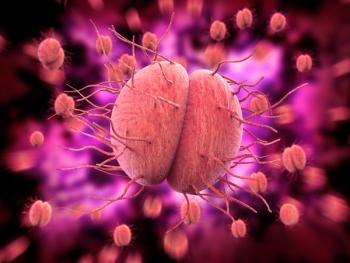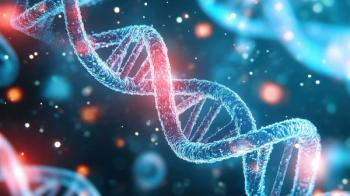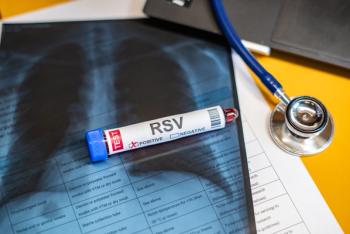
Data on Duchenne Muscular Dystrophy Treatment From MDA 2025
Panelists discuss how data from MDA 2025 demonstrate that delandistrogene moxeparvovec (gene therapy for DMD) shows statistically significant improvements in motor function outcomes including North Star Ambulatory Assessment, time to rise from floor, and 10-m walk/run compared with external control groups over 2 years of treatment.
Episodes in this series

Data on DMD Treatment From MDA 2025
Duchenne muscular dystrophy (DMD) is a severe, progressive X-linked genetic disorder caused by mutations in the gene encoding the dystrophin protein. Without dystrophin, affected boys experience progressive muscle loss and declining motor function, beginning with the loss of ambulation and eventually progressing to loss of arm function and respiratory capacity. This fatal condition affects approximately 1 in 5000 boys and has historically been managed primarily through supportive care focused on preserving function rather than disease modification. The high mortality risk and progressive nature of DMD have made it a priority area for innovative research and treatment development.
Recent data presented at the Muscular Dystrophy Association (MDA) 2025 conference highlighted significant advances in gene therapy approaches for DMD treatment. Delandistrogene moxeparvovec, an adeno-associate virus–mediated gene transfer therapy, delivers a transgene form of dystrophin intravenously to patients. A pivotal double-blind, placebo-controlled study demonstrated 2-year motor outcomes in treated patients, showing statistically significant improvements in motor function compared with an external propensity-matched control group. Key improvements were observed in the North Star Ambulatory Assessment (the primary end point), time to rise from the floor, and 10-m walk/run times. Importantly, no additional significant safety signals were identified during the second year of treatment.
Pooled data from 3 different studies further reinforced these positive findings, analyzing 50 patients over 3 years of treatment compared with external controls. The pooled analysis demonstrated sustained improvements in North Star Ambulatory Assessment scores, time to rise from the floor, and 10-m walk/run performance at the 3-year mark. Most notably, treated patients showed greater stabilization and less deterioration in motor outcomes compared with the external control group, suggesting that this gene therapy approach may offer meaningful disease modification rather than just symptomatic management for boys with DMD.
Newsletter
Stay ahead of policy, cost, and value—subscribe to AJMC for expert insights at the intersection of clinical care and health economics.













































